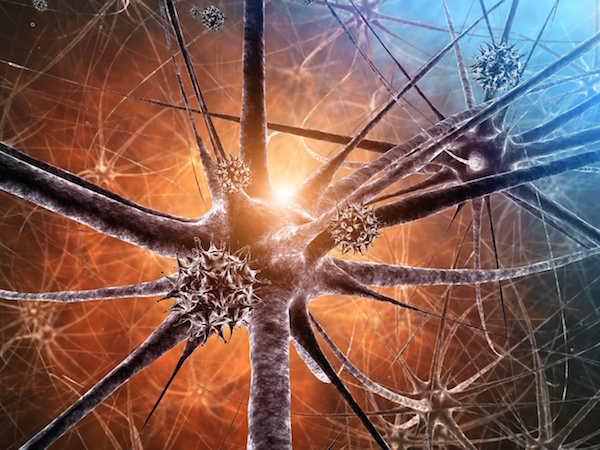
WEDNESDAY, Sept. 12 (HealthDay News) — Using nerve cells grown from human embryonic stem cells, researchers report that they restored hearing in deaf gerbils.
About 80 percent to 90 percent of deafness is due to problems with the cells in the inner ear, explained senior study author Marcelo Rivolta, a reader in sensory stem cell biology at the University of Sheffield, in England. In the inner ear, two types of cells are key to hearing. One type are tiny projections called hair cells, which convert sound vibrations into electrical signals, which then travel along the auditory nerve to the brain.
When hair cells are damaged, cochlear implants can help overcome that by converting sound vibrations into electrical signals, bypassing the hair cells and directing stimulating the auditory nerve, experts explained. But when the cause of deafness is damage to the neurons that make up the auditory nerve, much less can be done about it, Rivolta said.
“We have concentrated on trying to fix the problem at the neuronal level. The cochlear implant is a device that functionally replaces the hair cell — it takes sound and transforms it into an electrical signal,” Rivolta said. “But for the cochlear implant to work, you have to have a good connection to the brain.”
In the study, which is published online in the Sept. 12 issue of Nature, researchers coaxed human embryonic stem cells — which have the potential to grow into any type of cell in the body — into differentiating into otic (ear) progenitor cells. They did this by placing the stem cells into a test tube that contained certain molecules known to be present during fetal development when the ear forms.
Progenitors are immature cells that haven’t fully differentiated into their specific role, but have certain characteristics that have started them down that path. Researchers then further coaxed the progenitors into becoming hair cells or auditory neurons.
“We have a system in vitro [in a test tube] that we can use to produce these important cell types, a little factory of hair cells and neurons whenever we need them,” Rivolta said.
Researchers then transplanted the progenitor cells into about a dozen gerbils that had auditory nerve damage. Ten weeks after transplantation, brain wave measurements showed the gerbils could hear again.
“What we have seen is the progenitors engraft, survive and connect to the other cells that are there, and more important, they produce a functional recovery,” Rivolta said.
Though exciting, much needs to be learned before the technique could be used in humans, Rivolta said.
“From here to humans, there is still quite a way to go. This is a very important step forward, but one of the first steps,” Rivolta said. “What we need to do now is to understand if this recovery is permanent. We have only followed the gerbils for 10 weeks or so. And we want to also know if the treatment is safe, so we will monitor the behavior of the animals long-term.”
Dr. John Goddard, a neurotologist at the House Clinic in Los Angeles, said the idea of using stem cells to regenerate stem cells in the inner ear is of great interest to researchers, and others are working on similar studies. This study is exciting in that researchers showed that not only did the nerve cells regrow, but that the gerbils recovered some hearing, he said.
“It is clearly of interest for a lot of people because the potential is dramatic,” Goddard said. “The specific article sheds additional light that there is some potential there for regrowth, or regeneration, of sensory cells. But this is going to take many years” to perfect, he added.
Experts also note that while studies involving animals can be useful, they frequently fail to produce similar results in humans.
More information
The U.S. National Institute on Deafness and other Communication Disorders has more on deafness.

